Canon EOS 70D review
The Canon 70D is a top-end digital SLR for enthusiasts
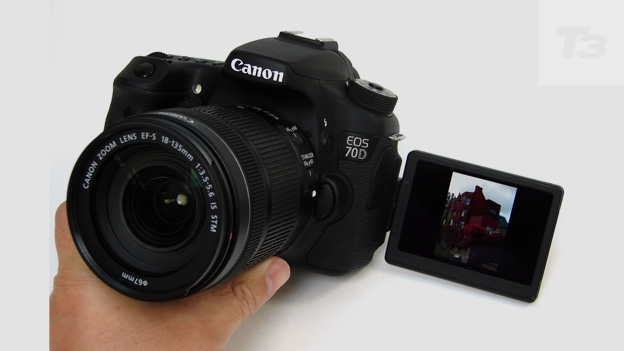
-
+
Built to last construction
-
+
Fast response times
-
+
Full HD video
-
-
Bulky and heavy
-
-
Not full-frame resolution
-
-
Top-plate short cuts
Why you can trust T3


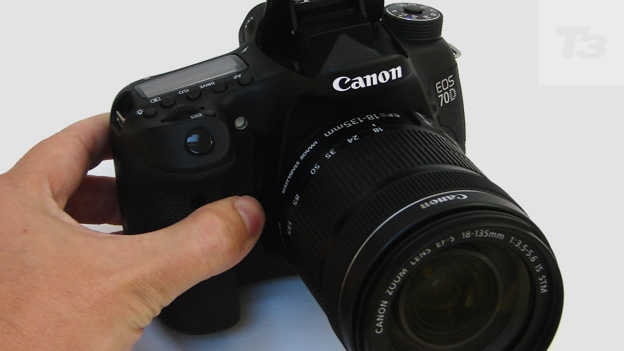
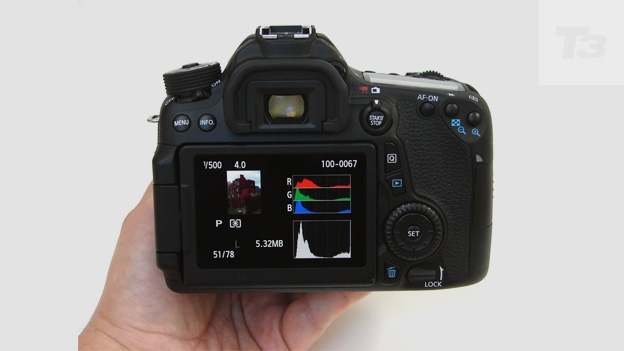
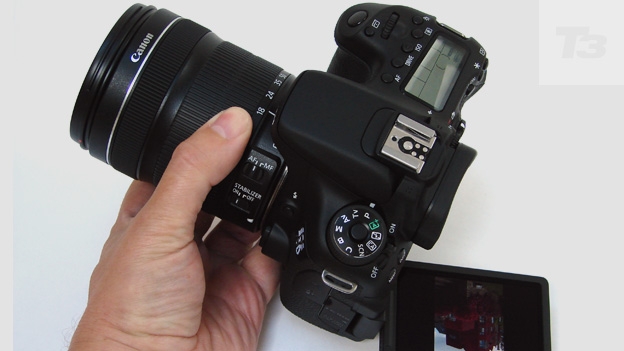
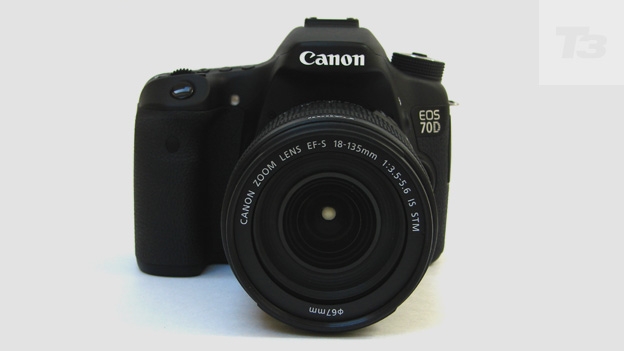
The Canon EOS 70D is a top-end DSLR for enthusiasts and sports built-in Wi-Fi and a tilting touchscreen. Can it truly offer a one-size-fits-all solution?
We've had cameras that claim to do it all before. Following on from the long-in-the-tooth Canon 60D, what makes the high-end Canon EOS 70D digital SLR, any different?
Well, typically when shooting video on a DSLR it's better to use the lens' manual ring to maintain sharpness if switching subjects during recording, because auto focus (AF) can be slow to either keep up or catch up. Not so with the 70D, says Canon, which pitches the world first of Dual Pixel CMOS AF technology.
This supposedly ensures fast and moreover accurate AF when shooting Full HD 1920x1080 pixels movies with the camera in Live View mode; the setting via which the 3-inch, 1040K-dot resolution LCD can be used as our viewfinder.
Also helping would-be filmmakers is a built-in stereo microphone, while there's a port for an additional off-camera microphone secreted beneath a side flap.
Naturally too there's Wi-Fi on board, but in something of an operational quirk you can't utilise the Live View video mode if Wi-Fi has been enabled via the camera's menu.
As a further aid to both stills shooters and video makers, the 70D's screen is also adjustable. It can be tilted up or down plus flipped outwards from the body for a wide variety of viewing angles. In short, this near flagship among consumer Canon DSLRs provides plenty of provision for the further development of photographic skills.
Lucky really, as at an asking price of a body-only £1,079.99 any potential purchaser would have to be pretty keen. The best value option for someone getting into the Canon system from scratch at this level is to go for the 70D bundle including an EF-S 18-55mm f/3.5-5.6 IS (image stabilised) STM zoom for £1,199.99.
A broader focal range still is offered in the 18-135mm kit, for an extra £200, which is the generous set up we were provided with for review. This combination makes for a very good starter package for those deeper of pocket.
In terms of rivals, the Canon EOS 70D goes directly into battle against the Nikon D7100, and sits just beneath the brand's own semi professional Canon EOS 7D and full-frame Canon EOS 6D.
Canon EOS 70D: Features
For just over a grand on the 70D we get a 20.2 megapixel APS-C sized CMOS sensor, the ability to shoot full-resolution pictures at speeds of up to 7fps - for either 65 sequential JPEGS or 16 Raw files - plus a core light sensitivity range stretching from a respectable ISO100 to ISO12800. This is further expandable to ISO25600 by wading into the camera's custom menus.
For its cost, the camera is as well-built and rugged feeling as one might expect. The 70D is almost as big and as broad as professional models, it being more of an obvious stretch to curl three or four fingers around the handgrip while positioning our thumb at the back.
Put simply, the 70D looks like a serious contender for anyone who doesn't want to spend even more and go for a DSLR with an even larger full-frame sensor. But as an almost-but-not-quite-professional DSLR, is the 70D still worthy of your investment?
Canon EOS 70D: Controls
This being at the top end of the consumer range, the EOS 70D is veritably festooned with buttons and dials compared with entry-level APS-C models. Constructed from aluminium and polycarbonate resin, the 70D looks and feels like a workhorse able to survive the rough and tumble of everyday use, which is exactly what we want.
Powering up in an instant, sensor cleaning is automatically offered both on powering up and powering down to shake free any fluff or grit that may have intruded when swapping optics.
Further revealing that this is not your typical mid-range model, key settings such as ISO, drive mode in use, plus metering are displayed via a top-mounted LCD window, providing a secondary, smaller view compared to the backplate screen by way of a shortcut.
One thing we did find a bit fiddly with this feature was trying to hold down the button for a particular setting while using the command wheel just in front of the smaller LCD, or the scroll wheel at the back, to run through the available options.
We prayed for a dial near to the thumb rest at the back instead, which would have provided a more ergonomic and elegant solution.
The main shooting modes are presented as settings on a familiar 10-pence piece-sized wheel, located on the left-hand side of the top plate when viewing the 70D from the rear.
This dial offers 10 options, including the creative quartet of program, aperture priority, shutter priority and manual modes alongside the fully automatic, a selection of digital filters, pre-optimised scene modes and a custom setting.
Unlike most consumer DSLRs, the dial has a central locking button which must be held down before the dial can be rotated to the next setting - thereby making it virtually impossible to arrive accidentally at an unwanted option when the camera's in transit.
This dial is also encircled by the 70D's on/off switch. Its positioning on the left-hand side of the camera means that powering it up doesn't feel as fluid as flicking a lever with the thumb or forefinger of the right hand might be, but it's hardly a deal breaker.
Yet, in differing from pro models, we additionally get a single side-mounted slot for one SD card rather than twin slots for SD and CompactFlash like we find on higher priced alternatives.
Canon EOS 70D: Screen
This being a DSLR, we're not exclusively reliant on the backscreen for everything as naturally there's an eye-level optical viewfinder provided too, offering a large and bright view of proceedings.
The 3-inch screen here is standard enough, less so is its high one million dots plus resolution along with the fact that it offers the 100% field of view the optical viewfinder narrowly misses out on providing.
Added to this, as mentioned in our intro, we get a screen that not only tilts but additionally swivels outwards from the body so that the LCD can be flipped to face the subject before the lens if you want. The LCD can also be turned inward to face the body, naturally, so the screen is protected from smears and possible scratches when you're transporting the DSLR.
Obviously this flexibility really comes into its own if you want the 70D for shooting video just as much as stills, as the screen with the camera in Live View mode is our best guide to how the finished result will look.
It's hard to get an idea of just how useful an angle adjustable LCD is until you've tried a camera with this feature and then have to go back to using one without. Needless to say this is a feature we feel is worth having.
In keeping with the times, intuitiveness is maintained by virtue of the fact that the 70D's screen is also a touchscreen. This means users can select different focus points across 80% of the frame simply by tapping said LCD.
Menu selections can also be made by tapping the individual option on screen; though we had to be slightly more careful with this as they are grouped closely together, either above or below their neighbour.
You don't have to use the touchscreen here to be able to operate the camera, but again it's an intuitive extra for anyone more used to playing with a smartphone.
Canon EOS 70D: Battery
As with other DSLRs hovering around the £1,000 mark, the Canon EOS 70D offers a sizeable 900 images from a full charge: whereas a maximum 920 is quoted if the camera's operating at standard room temperature.
This falls just short of what is arguably the step-up model in the full-frame Canon 6D, offering 1,090 shots from a full charge, plus the maximum 950 pictures the 70D's close competitor in the Nikon D7100 provides, but we're certainly not going to quibble with the 70D's performance. In short it is commensurate with what we'd expect of a DSLR in this £1,000+ price range.
Canon EOS 70D: Picture quality
While focus is spot on and the supplied 18mm-135mm zoom enabled us to achieve shallow depth of field shots whether shooting stills or video, colours straight out of the 70D appeared slightly under saturated, a tad lacking in contrast and less warm than they appeared to our eyes at the time of capture.
If you're shooting mainly JPEGs and don't want to do any post production work, we can slightly over compensate for this by selecting one of the camera's Creative Auto modes, such as Vivid, Warm or Intense, which boosts both colour and contrast.
More positively, the camera is as quick to respond to a press of the shutter as its blurb would suggest and this is particularly true with regard to auto focus when shooting video.
In a nutshell, any alternation in sharpness was virtually imperceptible as we pulled out or zoomed in on our subjects; the usual moment or two where the scene goes blurred before snapping back into focus is notable here by its absence.
Shooting video is also as simple as flicking the Live View lever to video mode and hitting the self-explanatory start/stop button beneath. Thus it doesn't matter what mode is otherwise selected on the top plate dial; video recording will begin anyway.
Canon EOS 70D: Verdict
If you're in the market for the very best consumer level DSLR you can get then the 20.2 megapixel APS-C sensor incorporating EOS 70D has got to be high on your wish list.
But then again, at this top-end price there's always the temptation to spend a little more and go for a full-frame sensor model like the Canon 6D instead (also with 20.2 megapixels plus Wi-Fi), that will truly give you level pegging with the pros when it comes to creative possibilities.
Otherwise you've a toss up between this model and Nikon's 24 megapixel D7100; a decision best made by having a play with both bodies and feeling how well they sit in your hand.
Canon EOS 70D release date: Out now
Canon EOS 70D price: £1,079.99 (body only), £1,199.99 (with EF-S 18-55mm f/3.5-5.6 IS STM zoom lens), £1,399.99 (with 18-135mm kit lens)
Sign up to the T3 newsletter for smarter living straight to your inbox
Get all the latest news, reviews, deals and buying guides on gorgeous tech, home and active products from the T3 experts
Gavin Stoker has been writing about photography and technology for the past 20 years. He currently edits the trade magazine British Photographic Industry News - BPI News for short - which is a member of TIPA, the international Technical Imaging Press Association.
-
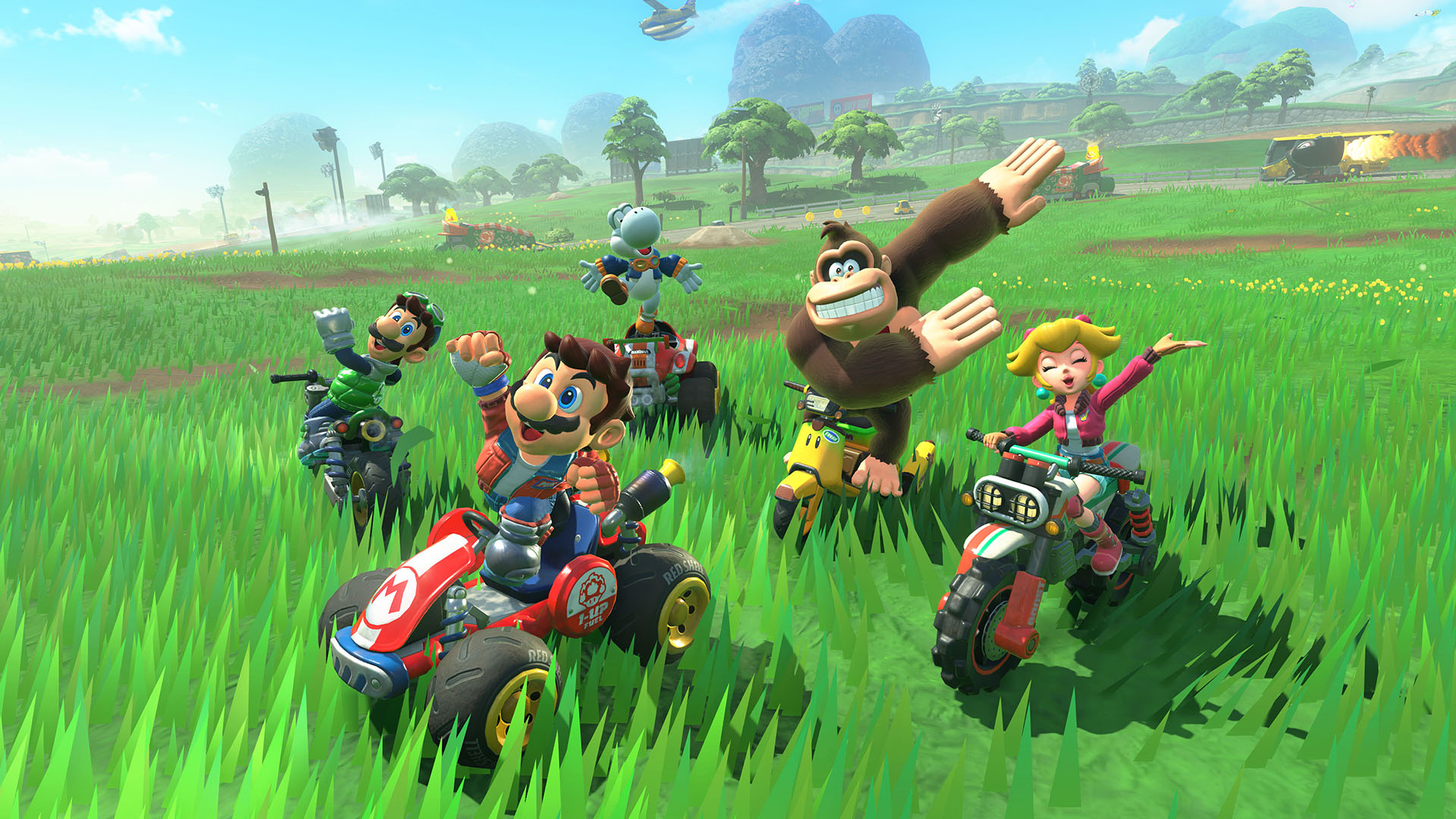 How to watch Mario Kart World Direct – everything you need to know about the Switch 2 launch game
How to watch Mario Kart World Direct – everything you need to know about the Switch 2 launch gameNintendo will host a new Nintendo Direct presentation this week, here's how to watch it live and what to expect
By Rik Henderson Published
-
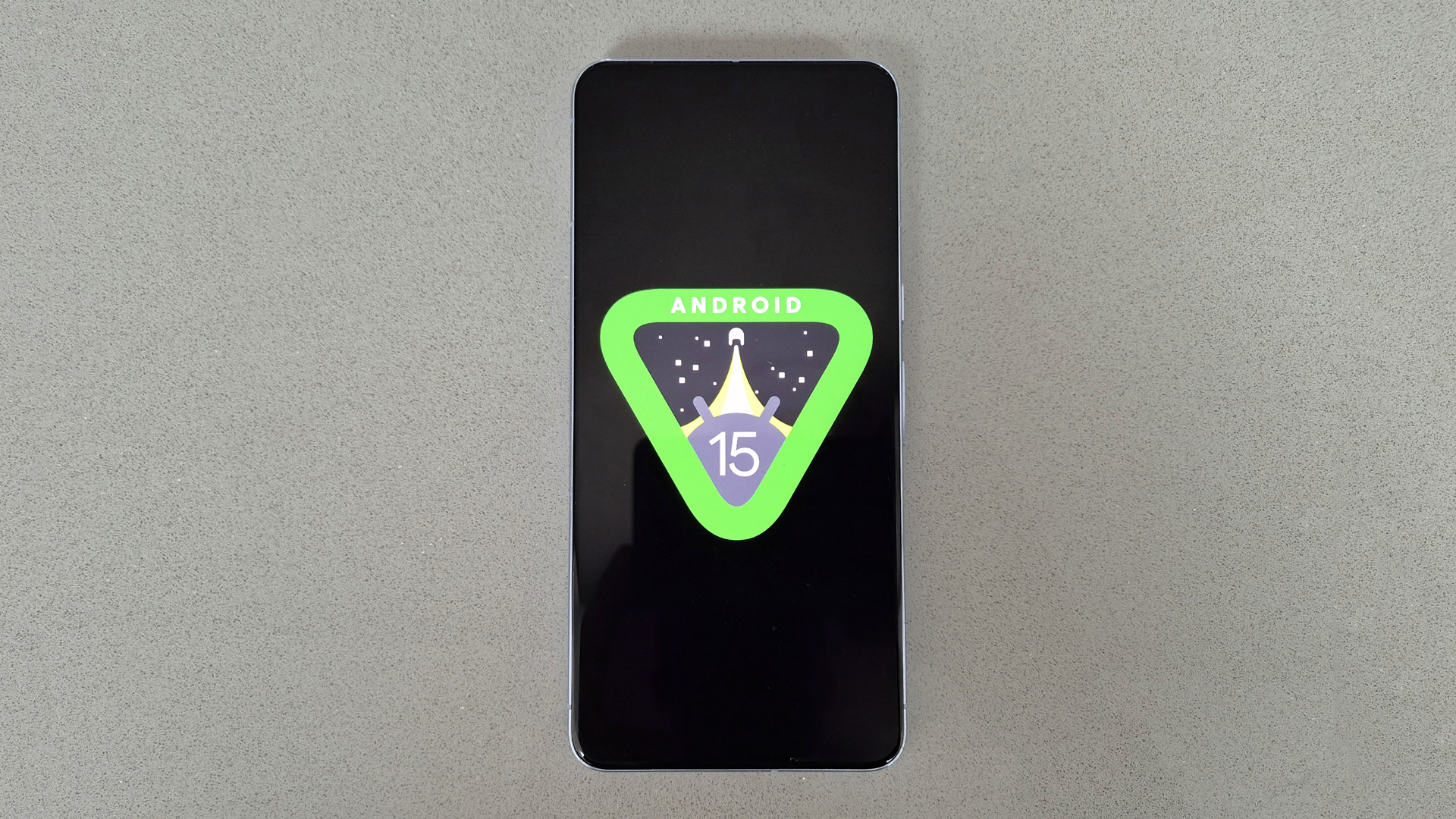 Google delivers bad news for budget Android phones
Google delivers bad news for budget Android phonesCheaper Android phones might need to change to meet new Google rules
By Chris Hall Published
-
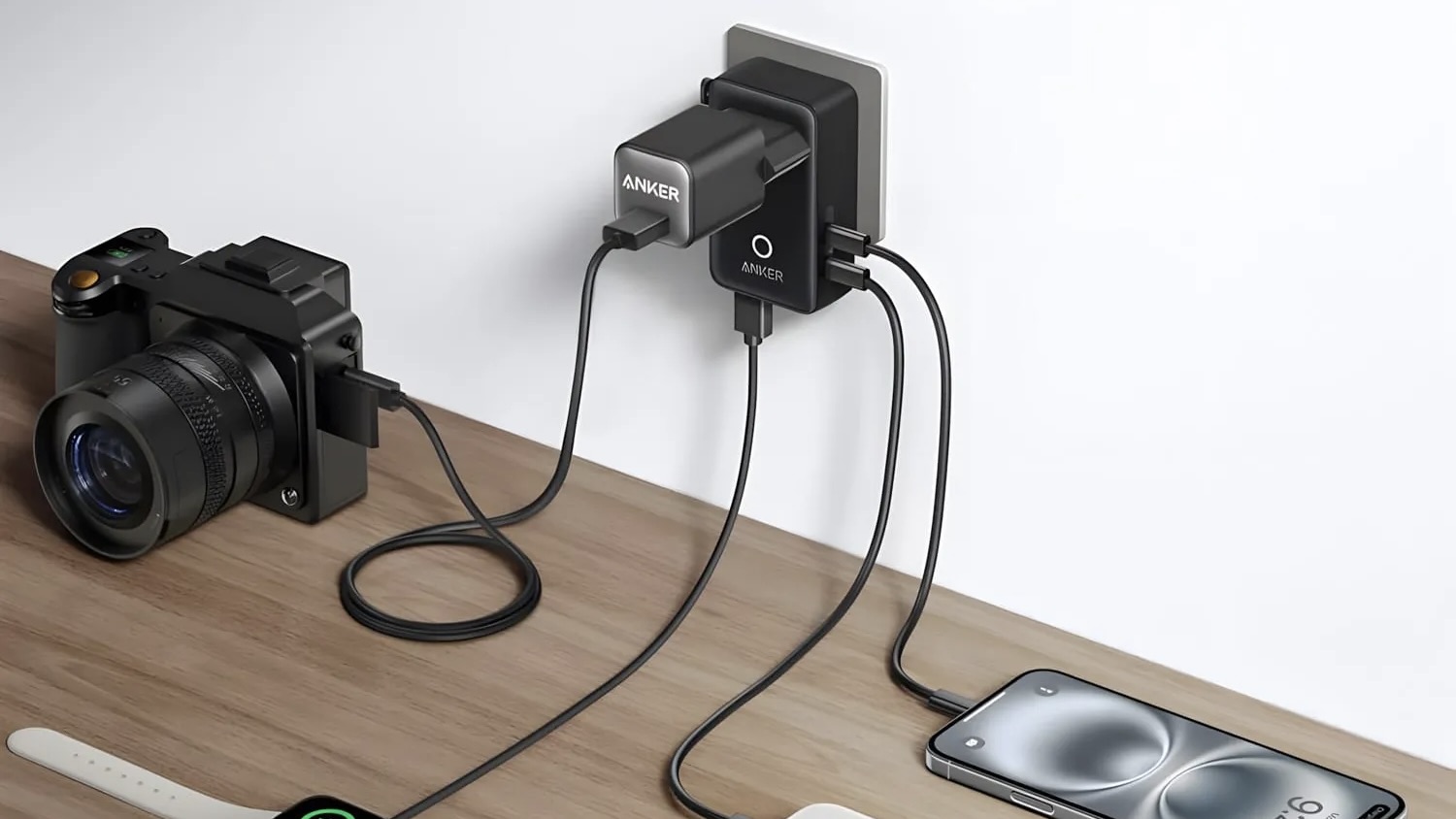 Anker's new 5-in-1 travel adapter is now available in more countries – phew!
Anker's new 5-in-1 travel adapter is now available in more countries – phew!It works in over 200 countries
By Lizzie Wilmot Published